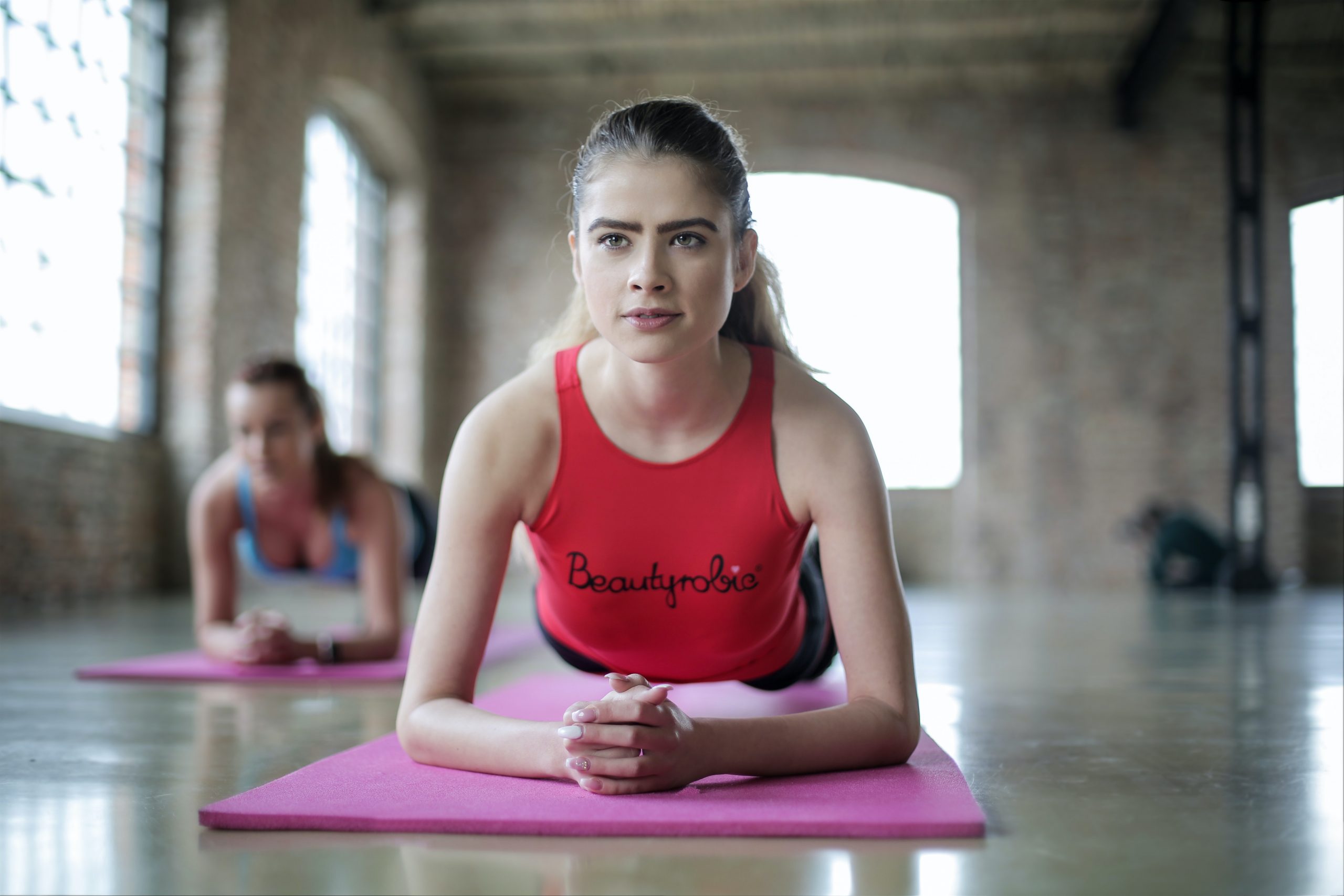Physical Address
304 North Cardinal St.
Dorchester Center, MA 02124
Physical Address
304 North Cardinal St.
Dorchester Center, MA 02124

Regular cardiovascular sessions improve heart and lung health. It also helps the heart and lungs function properly. Hence it is called “cardio”.
Cardiovascular training promotes the loss of body fat. It helps curb appetite in many people. Aerobic exercise is suitable for diabetics with well-controlled intravenous blood glucose levels. There are many cardio exercises you can incorporate into your daily schedule. Examples of the most popular aerobic exercises include running, cycling, cycling, jumping, aerobics, walking, jogging, kickboxing, swimming and team sports.
Simple cardiovascular training tips:
1. Set goals.
Why would you want to schedule cardio? Looking for endurance? Want to play with your kids without being out of breath? Want to lose body fat and show muscle? Interested in cardio fitness for health reasons? You don’t need steady-state aerobic exercise for heart health and weight loss. However, if endurance is your goal, consider incorporating some of that into her week.
2. Choose what you like:
Discover options for cardiovascular activity. Whether you’re in the gym, at home, or outdoors, there are many options for cardio training. I enjoy being outside. What do you enjoy skipping rope? Sprint? to go cycling? Rowing? ellipse? If you enjoy working out, you’ll probably stick with it.
3. Using interval training:
Build intervals into your workout by alternating low and high emissions during your workout. For example, after sprinting for 1 minute, you can take a short walk. Do this 5 times for a total of 10 minutes of interval training. Beginners alternate between percussive and moderate tempos. Add a 5-minute warm-up and a 5-minute cool-down to complete your cardio in 20 minutes, giving you better results than 1 hour of steady-state cardio!
Four. Record your workout:
Track your workouts and see what you’ve accomplished. Use your notebook or create a file on your computer or phone. Tracking progress is an important step towards success.
5. Strength Training:
Always do cardio after strength training. Maximize fat burning. For best results, incorporate full-body circuit training into your strength training routine. Limiting rest between sets and moving quickly from exercise to exercise will increase your heart rate as you build muscle.For optimal health, combine strength training, cardio and nutrition.
6. Healthy Nutrition:
Nutrition is the last and most important factor in achieving your fitness goals. Food not only provides the valuable nutrients and fuel we need to survive, but the way we eat contributes 90% to reaching our body composition goals. Use common sense when choosing food. Eat as cleanly as possible and choose from whole foods. That means whole grains, lean meats, poultry and fish, nuts, nut butters and organic oils, and organic fruits and vegetables. Keep a food diary to see what works for you and where you need to change your dietary intake to reach your goals.
Benefits of aerobic exercise include:
There are many recommendations regarding the health benefits of aerobic exercise. Regular aerobic exercise not only improves heart health, but also helps reduce saturated fat and lung function, and improves bone and muscle development. It also helps in solving depression problems.
Aerobic exercise should be properly planned so that all muscles and bodily functions benefit from comprehensive exercise. Plan at least 30-60 minutes each day. Regular exercise strengthens the cardiovascular system.
Aerobic exercise helps improve endorphin levels in the body. These chemicals make us feel good, energetic, and alive. Just 20 minutes of exercise can help you feel better in the long run. So you can see people choosing to exercise early in the morning. Aerobic exercise releases endorphins in the brain, giving you a natural stimulant, also known as a high “corridor.” Aerobic exercise, while boosting self-esteem, can also help with depression and stress.
A positive relationship between aerobic exercise and mood improves sleep. Aerobic exercise raises body temperature, especially in the afternoon or evening, and in the next hour before bedtime, body temperature drops slowly. But remember: Aerobic exercise stimulates the muscles, brain, and heart, and can interfere with sleep if done too close to bedtime. it won’t work. Yes, the heart is a muscle and needs exercise. Apart from its ability to exercise your heart to keep you healthy, the best aerobic exercise helps you burn the calories you need for weight loss and fat burning. Not only does it prevent you from exercising, it also helps you burn excess fat that overshadows all the precious muscle you’ve built through training.
Therefore, the best aerobic exercise should include proper nutrition. Eating healthy, not dieting. Exercise at a moderate intensity and watch your diet. Eat small, steady meals, avoiding foods high in fat and sugar.
Aerobic exercise doesn’t have to be long and tiring. If your program includes interval training or circuit training, it should be short and engaging.